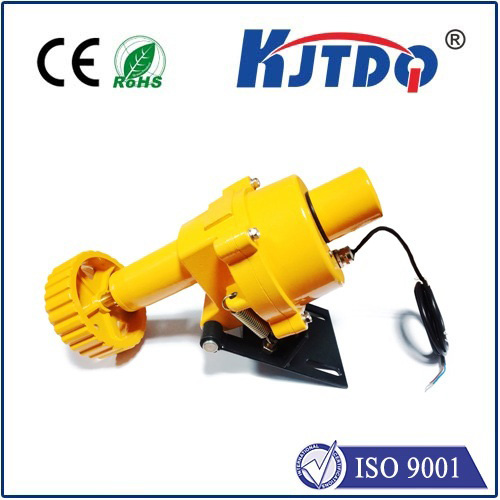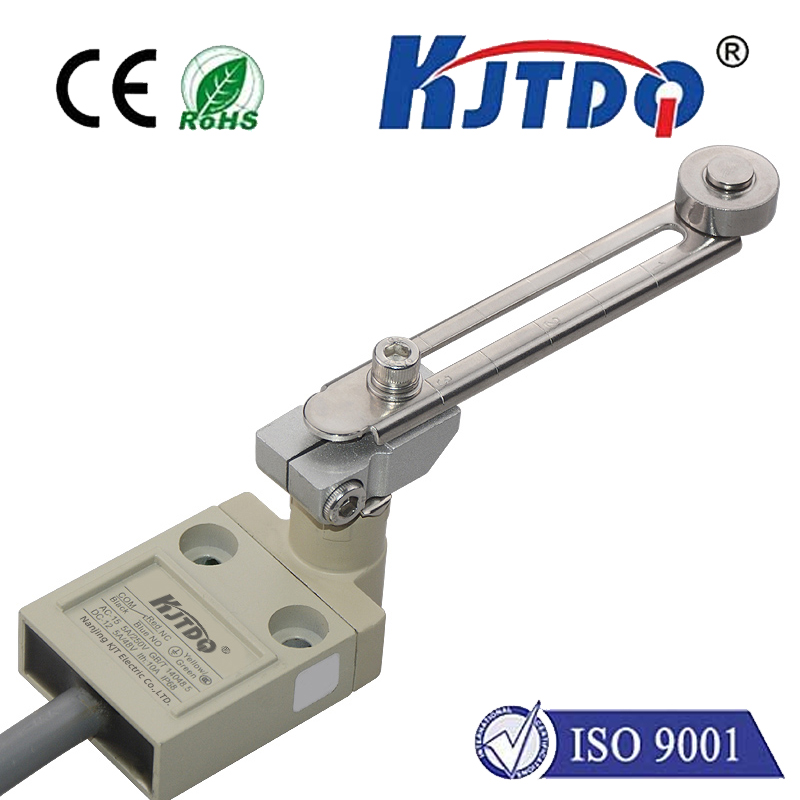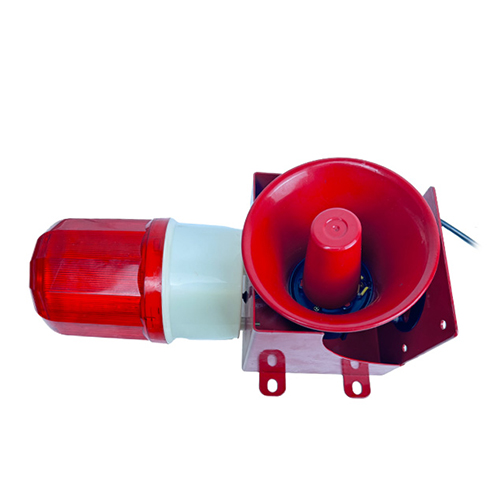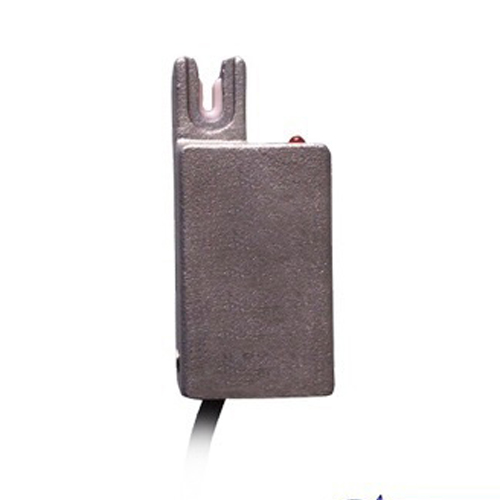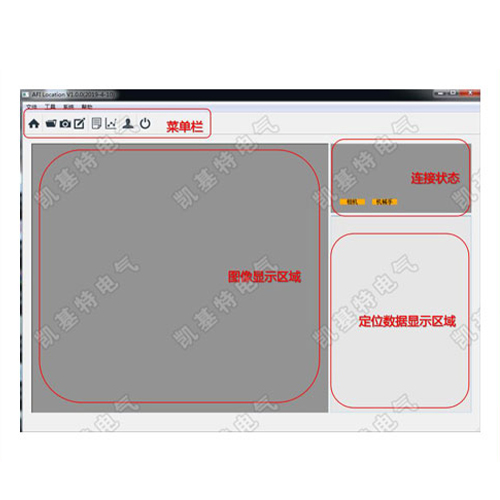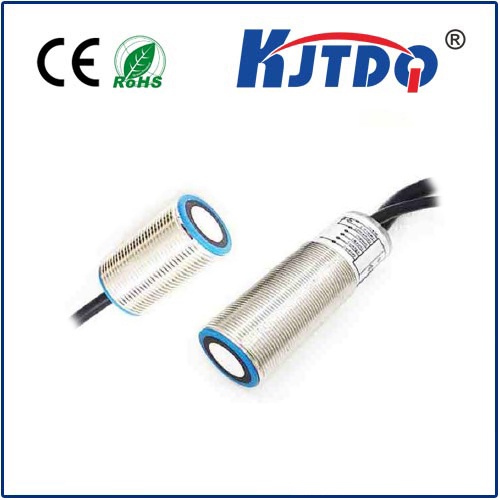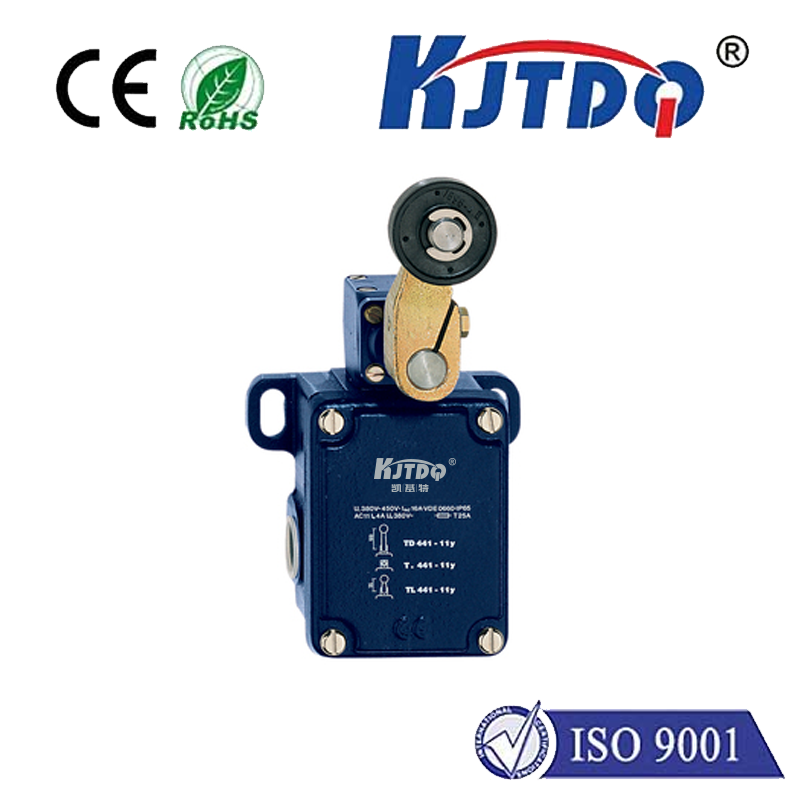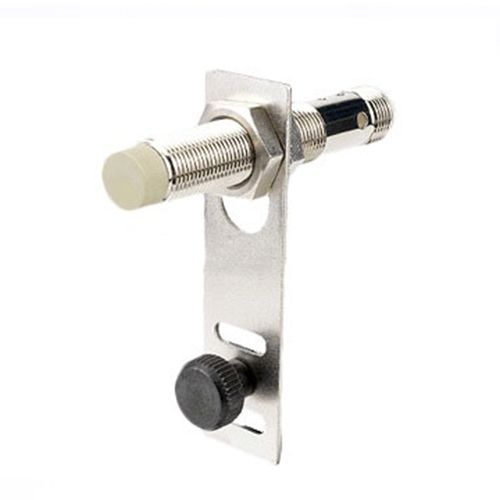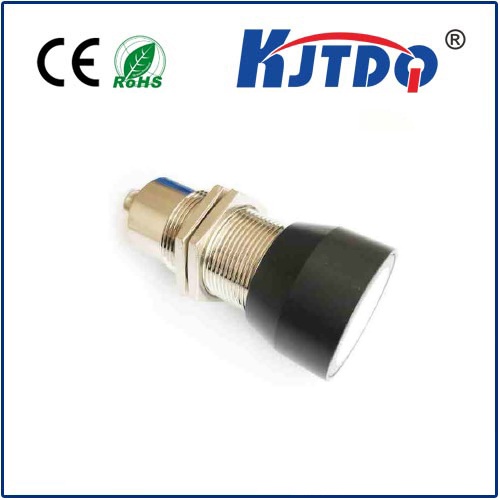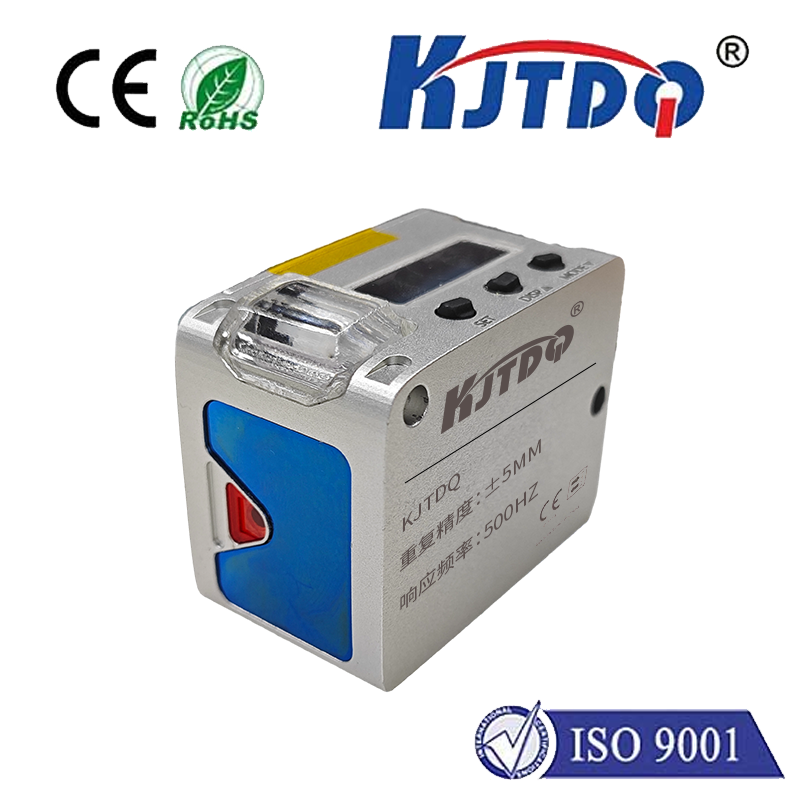refrigerant pressure sensor
- time:2025-08-21 01:16:00
- Нажмите:0
Refrigerant Pressure Sensors: The Unsafe HVAC System’s Unsung Sentinels
Imagine your air conditioner struggling on a scorching summer day. It’s running constantly, yet the air blowing feels disappointingly lukewarm. Electricity bills are soaring, but comfort remains elusive. Unbeknownst to you, the culprit might be silent and small – a malfunctioning or compromised refrigerant pressure sensor. This critical component, often overlooked, acts as the nervous system of your HVAC or refrigeration unit, constantly monitoring the lifeblood of the cooling process: refrigerant. Without its precise data, systems operate blindly, risking inefficiency, component damage, and even safety hazards.
What Exactly is a Refrigerant Pressure Sensor?
Fundamentally, a refrigerant pressure sensor is a transducer. Its core function is to detect the pressure exerted by the refrigerant gas within specific points of an HVACR (Heating, Ventilation, Air Conditioning, and Refrigeration) system – typically the suction (low-pressure) side and the discharge (high-pressure) side. It converts this physical pressure into a corresponding electrical signal, usually a voltage, current (like 4-20 mA), or digital output. This signal is then relayed to the system’s electronic control board (ECB) or controller.
The ECB is the system’s brain. It relies entirely on the accuracy of the pressure sensor’s signal, alongside temperature readings, to make critical decisions:

- Compressor Control: Deciding when to start, stop, or modulate the compressor speed.
- Expansion Valve Operation: Regulating the flow of refrigerant into the evaporator.
- Fan Speed Adjustment: Optimizing condenser or evaporator airflow.
- System Protection: Triggering safety shutdowns if pressures move outside safe operating limits.
How Do Refrigerant Pressure Sensors Work? The Core Principles
While designs vary, the most common technology employed is the piezoresistive sensor. Here’s a simplified breakdown of its operation:
- Pressure Application: Refrigerant pressure is applied to a specialized diaphragm within the sensor body.
- Diaphragm Deflection: The diaphragm, constructed from materials like stainless steel, flexes minutely in response to pressure changes. This deflection is proportional to the applied force.
- Strain Gauges: Integrated onto or bonded to the diaphragm are tiny semiconductor elements called strain gauges. These gauges deform (strain) as the diaphragm flexes.
- Resistance Change: The deformation of the strain gauges alters their electrical resistance. Higher pressure causes more deflection and a greater change in resistance.
- Signal Conversion: The sensor incorporates a Wheatstone bridge circuit. The changing resistance within this bridge circuit creates an imbalance, producing a small electrical voltage signal proportional to the pressure.
- Amplification & Conditioning: This raw voltage signal is typically amplified and conditioned (filtered, compensated) within the sensor’s electronics.
- Output: The final, stable electrical signal (voltage, milliamp, or digital) is sent to the controller.
Why Are Refrigerant Pressure Sensors So Critical?
Their role extends far beyond simple monitoring; they are fundamental to system performance, efficiency, longevity, and safety:
- Optimizing Efficiency & Capacity: Precise pressure readings, combined with temperature sensors, allow the controller to determine the refrigerant’s superheat (at the evaporator outlet) and subcooling (at the condenser outlet). Maintaining optimal superheat and subcooling is paramount. Correct superheat ensures the compressor receives only vapor, preventing damaging liquid slugging. Correct subcooling ensures maximum liquid refrigerant enters the expansion device. This balancing act maximizes the system’s cooling capacity and energy efficiency. An inaccurate pressure sensor throws these calculations off, leading to wasted energy.
- Preventing Catastrophic Failure: Refrigerant pressures must stay within designed safe limits.
- Low Pressure: Can indicate refrigerant undercharge, low load, or a restriction before the sensor. Extremely low suction pressure can cause compressor overheating and oil return issues.
- High Pressure: Can be caused by refrigerant overcharge, condenser airflow blockage (dirty coils, failed fan), non-condensables (air) in the system, or a restriction after the sensor. Excessively high discharge pressure strains the compressor, can damage valves or gaskets, and poses a significant safety risk. Pressure sensors trigger vital safety shutdowns to prevent compressor burnout or potential rupture.
- Enabling Diagnostics: Modern ECBs constantly monitor pressure readings. Abnormal pressure signatures or failure to reach target pressures within expected timeframes are key indicators of underlying system problems like leaks, blockages, valve malfunctions, or compressor inefficiencies. Technicians heavily rely on real-time pressure data displayed on service tools connected to the ECB for accurate diagnosis. Pressure sensor failure modes themselves (open circuit, short circuit, signal drift) also generate diagnostic trouble codes.
- Facilitating Advanced Control: In sophisticated systems, particularly inverter-driven variable speed compressors, pressure sensors enable dynamic modulation. The controller can finely adjust compressor speed and expansion valve opening in real-time based on actual pressure conditions, optimizing performance for changing ambient temperatures and cooling loads, leading to significant energy savings and enhanced comfort.
Selecting and Maintaining the Right Sensor: Key Considerations
Not all pressure sensors are created equal. Choosing and maintaining the correct one is vital:
- Refrigerant Type Compatibility: Sensors must be compatible with the specific refrigerant used (R-410A, R-134a, R-32, CO2, Ammonia, etc.). Materials must resist corrosion or chemical reactions.
- Pressure Range: Must cover the expected minimum and maximum pressures for the specific system location (suction or discharge side) and refrigerant.
- Accuracy & Repeatability: High accuracy ensures correct control decisions. Good repeatability means consistent readings under identical conditions.
- Output Signal: Must match the input requirements of the system’s controller (e.g., 0-5V, 0-10V, 4-20mA, digital protocols like SPI/I2C).
- Environmental Resilience: Must withstand system vibrations, temperature extremes encountered near compressors and condensers, and potential moisture exposure.
- Calibration: Proactive maintenance includes periodic checks of sensor calibration as drift over time can lead to performance issues. Never assume a sensor reading is correct without verification, especially during diagnostics.
The Evolving Landscape: Smarter Sensing
The future of refrigerant pressure monitoring is leaning towards increased intelligence and integration:
- Digital Sensors: Offer higher accuracy, better noise immunity, and can transmit diagnostic information about their own health alongside pressure data.
- Integrated Functionality: Combined pressure-temperature (P/T) sensors simplify installation and wiring.
- Enhanced Diagnostics: Advanced sensors may provide more granular data for predictive maintenance algorithms.
- Refrigerant Leak Detection: Some next-gen systems correlate pressure drops with other data points for early leak detection capabilities.
From ensuring your home stays comfortably cool to guaranteeing the safe operation of large-scale industrial refrigeration and complex chillers, the refrigerant pressure sensor is a fundamental pillar of modern cooling technology. Its continuous, accurate monitoring is the silent guardian that enables efficient operation, prevents costly breakdowns, and safeguards both equipment and personnel. Understanding its vital role underscores why this small component is truly a critical sentinel within the intricate ecosystem of HVACR systems. Proper selection, installation, and maintenance are non-negotiable for optimal system performance and longevity.

